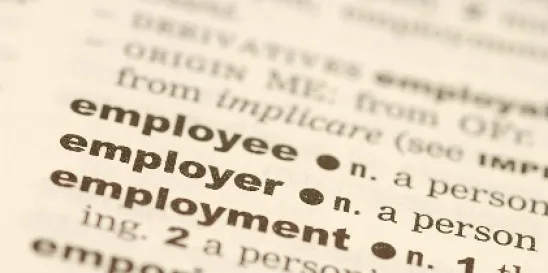On October 26, 2023, the National Labor Relations Board (“NLRB” or “Board”) issued its long-awaited final rule establishing a new standard for determining when two employers are joint employers under the National Labor Relations Act. If any two entities are deemed joint employers, both are obligated to bargain with a union that represents the employees. Moreover, each entity is responsible for any unfair labor practice committed by the other and both are subject to demands for recognition and/or an NLRB election.
The final rule, set to take effect December 26, 2023, rescinds and replaces the Board’s previous joint employer rule issued in April 2020. The most significant change under the new rule is the manner in which it alters what is needed to show that two entities share or codetermine employees’ essential terms of employment. The 2020 rule required an entity to possess and actually exercise “substantial direct and immediate control” over one or more of the essential terms. Under the new standard, an entity can be deemed a joint employer if it has authority to control at least one essential term, “whether or not such control is exercised, and without regard to whether any such exercise of control is direct or indirect, such as through an intermediary.”
Although similar to a previous standard announced in the NLRB’s 2015 decision in Browning-Ferris Industries, 362 NLRB No. 186, the new rule goes considerably further by establishing that mere possession of such authority, alone, is sufficient to find joint employer status.
The new rule also replaces the list of employment terms considered “essential” with a more expansive list of seven categories of essential terms, control of which the Board will consider indicative of joint employer status:
- wages, benefits, and other compensation;
- hours of work and scheduling;
- assignment of duties to be performed;
- supervision of the performance of duties;
- work rules and directions governing the manner, means, and methods of performance of duties and grounds for discipline;
- tenure of employment, including hiring and discharge; and
- working conditions related to the safety and health of employees.
The NLRB will apply the rule on a case-by-case basis and only to cases filed after the rule’s December effective date. As noted by the dissent and many of the comments submitted in response to the proposed rule, the breadth of the new rule will undoubtedly encompass many entities that have no meaningful involvement in the relationship between the direct employer and the employee. Among other things, the new rule is likely to complicate collective bargaining negotiations as entities with little or no knowledge of the employment relationship and vastly different interests than their “bargaining partners” will necessarily be roped into the bargaining process. Additionally, there will be greater risk of joint liability for unfair labor practices based on actions taken by the direct employer without any involvement by or even knowledge of the entity contracting the services.
The rule is likely to be challenged in the courts. In reviewing the NLRB’s Browning-Ferris Industries test, the D.C. Circuit upheld the NLRB’s determination that both reserved authority to control and indirect control can be relevant factors in the joint-employer analysis. Browning-Ferris Indus. of Cal., Inc. v. NLRB, 911 F.3d 1195, 1222 (D.C. Cir. 2018). However, the court rejected the NLRB’s “articulation and application of the indirect-control element” and remanded the case for further clarification and refinement. Id. at 1222-1223.
The new rule will impact a wide range of employers in many different contexts and will make it more difficult, but not impossible, to avoid a joint employer finding. Employers that use temporary workers, employers that hire agencies to perform services on the employer’s own site that are integrated into the employer’s own operations, and franchisees that operate under rules promulgated by the franchisor should be particularly mindful of the change. Such employers should consider revising their agreements to make clear that they do not retain control over the essential terms and conditions of employment of the companies with which they contract for labor and services and to remove any references to unused or inapplicable powers over the agency’s employees, such as a right to review and approve wage changes. To avoid joint employer status, an employer must fully delegate control of the employment relationship to its third-party contractor or franchisee.




 />i
/>i

